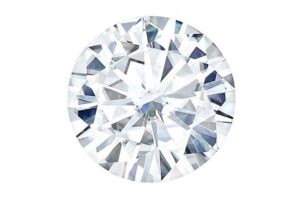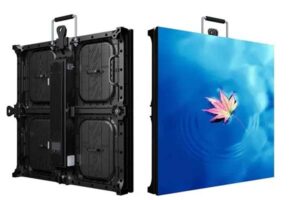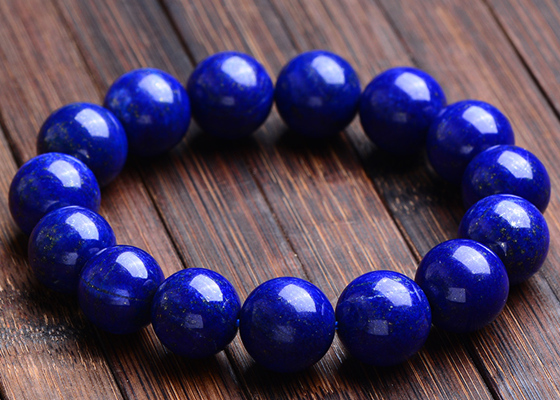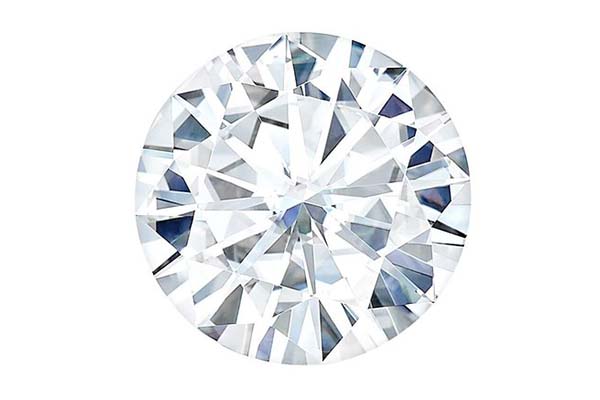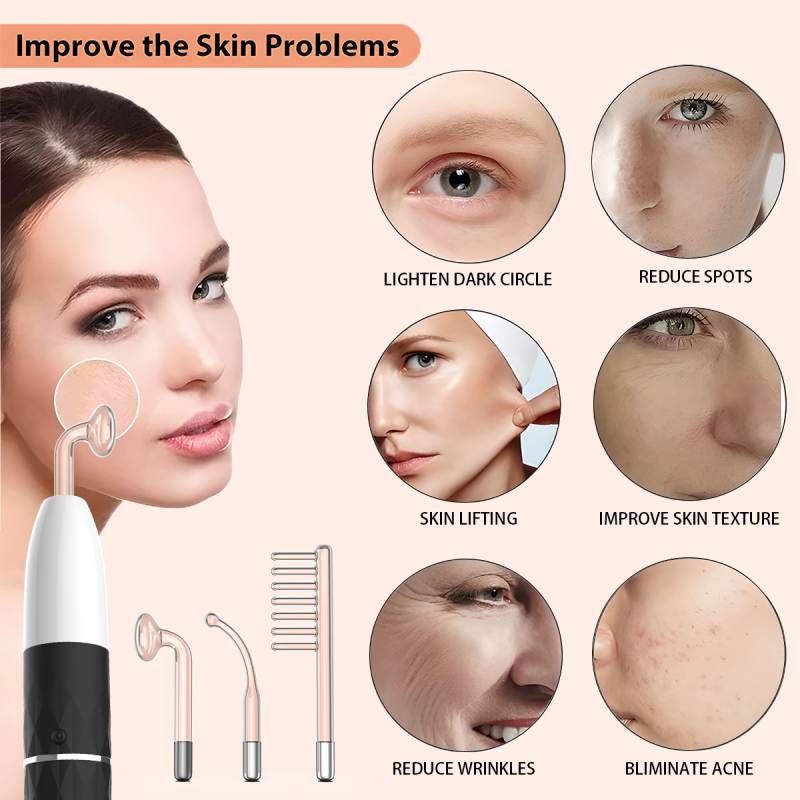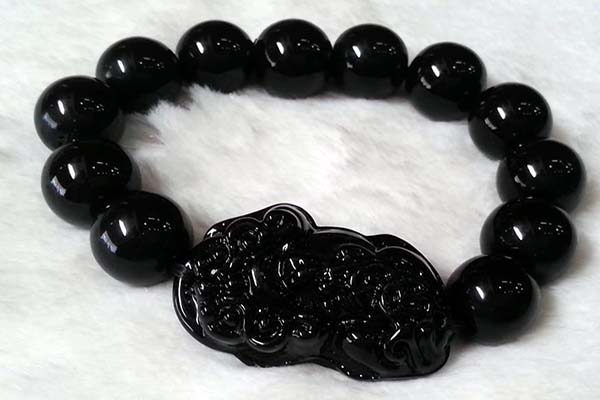Lapis lazuli is a beautiful blue stone that has been prized for its beauty and rarity for centuries. However, due to its high value, it is often imitated or even completely faked. In this article, we will discuss how to tell the difference between real and fake lapis lazuli and what to look for when buying this precious stone.
What is Lapis Lazuli?
Lapis lazuli is a blue metamorphic rock that is composed of lazurite, calcite, and pyrite. It has been used for decorative purposes since ancient times, with the Egyptians, Greeks, and Romans all using it for jewelry, sculptures, and even eye makeup.
Real lapis lazuli is found in mines located in Afghanistan, Chile, and Russia. Due to its scarcity, lapis lazuli can be quite expensive, with high-quality stones commanding a premium price.
Characteristics of Real Lapis Lazuli
Real lapis lazuli is characterized by its deep blue color, which is often flecked with golden or white pyrite. The stone is opaque and has a waxy or greasy feel when rubbed. Real lapis lazuli is also quite heavy for its size and has a specific gravity of around 2.7.
In addition to its physical properties, real lapis lazuli has a historical and cultural significance that has contributed to its value. For example, it was used by the ancient Egyptians to symbolize the heavens, and by the Renaissance painters as a pigment for their paintings.
Common Types of Fake Lapis Lazuli
There are several materials that are often used to imitate lapis lazuli, including dyed jasper, blue dyed howlite, and even plastic. While some imitations may look convincing at first glance, there are several characteristics that can give them away.
One of the most common types of fake lapis lazuli is dyed jasper. Jasper is a type of chalcedony that can be found in many different colors, including blue. To imitate lapis lazuli, the jasper is usually dyed blue and then flecked with pyrite or other metallic particles to mimic the appearance of real lapis lazuli. However, dyed jasper is much cheaper than real lapis lazuli, and it lacks the weight and greasy feel of the real thing.
Another common fake lapis lazuli material is blue dyed howlite. Howlite is a white mineral that is often dyed to imitate other stones, including lapis lazuli. However, howlite is much softer than lapis lazuli and can be easily scratched. In addition, howlite does not have the weight or greasy feel of real lapis lazuli.
How to Spot Real Lapis Lazuli
There are several visual and physical tests that you can use to identify real lapis lazuli.
Visual Tests
One of the easiest ways to identify real lapis lazuli is by its color. Real lapis lazuli has a deep, rich blue color that is often flecked with golden or white pyrite. If the stone you are examining is too light or too bright, it may be a fake.
Another way to tell if a stone is real lapis lazuli is by looking at its surface. Real lapis lazuli has a slightly porous surface that is often marked by tiny pits or holes. These marks are the result of the natural crystalline structure of the stone and are a good indicator of its authenticity.
Physical Tests
You can also use physical tests to identify real lapis lazuli. One common test is to scratch the stone with a fingernail or a piece of copper. Real lapis lazuli is quite hard and should not scratch easily, while imitations will often show scratches or wear marks.
Another physical test is to check the weight and feel of the stone. Real lapis lazuli is quite heavy for its size and has a greasy or waxy feel when rubbed between your fingers. If the stone feels light or brittle, it may be a fake.
Finally, you can use a magnifying glass to examine the surface of the stone more closely. Real lapis lazuli will often have small veins of white calcite running through it, which can be seen under magnification.
Related:
Lapis Lazuli vs Blue Sapphire: A Comparison of Two Beautiful Blue Gemstones
Buying and Selling Lapis Lazuli
If you are in the market for lapis lazuli, it is important to be cautious and make sure you are getting the real thing. Here are some tips for buying and selling lapis lazuli:
- Purchase from a reputable dealer: Look for dealers who specialize in lapis lazuli or who have a good reputation for selling authentic gemstones.
- Get a certificate of authenticity: A certificate of authenticity from a reputable gemological laboratory can provide peace of mind and help ensure that you are getting what you paid for.
- Inspect the stone carefully: Use the visual and physical tests discussed earlier to examine the stone before making a purchase.
- Be wary of bargains: If a deal seems too good to be true, it probably is. Be cautious of stones that are priced significantly below market value.
- Consider the source: Real lapis lazuli is mined in specific locations, so be wary of stones that are said to be from other locations.
Conclusion
Real lapis lazuli is a beautiful and valuable stone that has been prized for centuries. However, due to its high value, it is often imitated or even completely faked. By knowing how to spot fake lapis lazuli and being cautious when buying wholesale lapis jewelry, you can ensure that you are getting the real thing. Whether you are a collector, a jeweler, or simply someone who appreciates the beauty of this precious stone, understanding the difference between real and fake lapis lazuli is essential.

